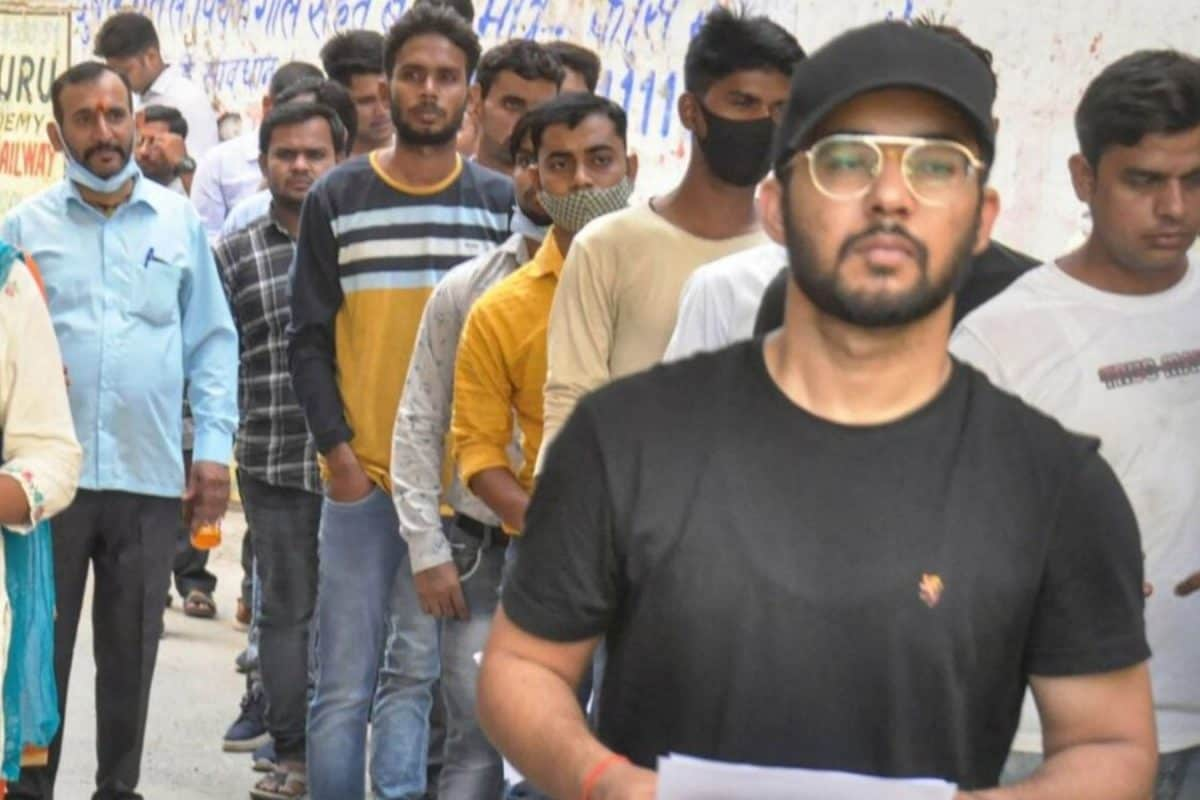The upcoming Bihar assembly elections have youth leaders spearheading the campaign, which augurs well for the...
Read More In Bihar , 70 per cent of the population is under 35 years old, which is just about true of many parts of India. Yet, politicians and political parties do not address their concerns. Take Tejashwi Yadav of the Rashtriya Janata Dal (RJD) for example.

He promised 10 lakh jobs in the 2020 assembly elections, which seems to have struck a chord with the youth electorate. He claims that he provided five lakh government jobs during his 17-month tenure as Bihar’s deputy chief minister in the Mahagathbandhan government led by Nitish Kumar. Though one doesn’t know the authenticity of the claim, the truth is he hasn’t fully emerged out of the shadows of his father Lalu Prasad Yadav, who is cast in the traditional mould of regional parties pandering to the dominant caste and religious segments in a given state.
The upcoming Bihar assembly elections have youth leaders spearheading the campaign, which augurs well for the state. For the Congress, the firebrand Kanhaiya Kumar, and for the BJP, the relatively young Samrat Choudhary, who could well be the CM face of the party, provided he doesn’t get too carried away. The BJP top brass cuts the claimants down to size.
Prashant Kishor , the election strategist-turned-politician, will also be testing the electoral waters in the upcoming assembly elections, as he has decided to field candidates on all 243 seats. He cannot be taken lightly. He isn’t exactly an upstart.
He can cut into the votes of all the parties. On October 2 last year, he floated his own political outfit, the Jan Suraaj Party, after the completion of his nearly two years of padayatra (foot march) that took him to all the nooks and crannies of Bihar, where he connected with the people. He is now banking on core issues of corruption, migration, and unemployment.
With POTUS Donald Trump upping the ante, rattling the sabre, and unwittingly hurtling the world into the lose-lose path of autarky by mindless increases in tariffs, self-reliance in India is going to be a necessity, as indeed in the entire world. Such an inward-looking, me-too policy is the antithesis of the theory of relative advantage, which has been underpinning global trade for more than a century. Free trade is appealing and makes sense, but only till peace reigns.
India realised the futility and danger of the import of wheat from the US in 1960 when America abruptly closed the PL 480 scheme for exporting surplus wheat to third-world countries. “The wheat was fit for pigs" was the refrain in those days. That goaded India into anger and action that ultimately resulted in the Green Revolution.
Iraq too realised the danger of importing almost everything in return for oil exports when, at the height of the oust Saddam Hussein campaign, the country was denied baby food. The short point is that while autarky, or self-sufficiency, is a mirage, every nation should produce the essentials lest it be held to ransom by other nations. POTUS Trump has then given other nations a massive kick in their pants, though in the process, he has cut his nose to spite his face, as the tariff war is going to take a huge toll on the US economy too.
This seeming digression into Trump is only to underscore the point that manufacturing is the most enduring employment creator, and this truism must not be lost on the entire nation. We preen ourselves on being the 5th largest in terms of GDP, but it has been jobless growth. India experienced job growth of 3% per annum in the 1970s at a time when our economy grew at 3-3.
5% per annum, thus making for employment elasticity pretty close to unity, but over the last three decades, our economy grew at over 5-8% per annum, but our job growth has been close to 1% per annum, thus marking an employment elasticity close to 0.4 in the 1990s, which precipitously has fallen to 0.1 today.
This, in simple terms, is what jobless growth is all about — employment growth not matching the GDP growth, a conundrum which rightly baffles even some economists. Every nation, at some point or the other, has been hit by the seeming paradox of jobless growth, which briefly means technology obsolescence resulting in growth all right but denuding the employees of continuity. Bihar is pilloried for casteism and migration.
But the truth is, casteism marks the politics of other states as well. If Biharis move to other parts of the country, we cannot be oblivious to the problem of brain drain. Successive governments have taken pride in India being a service economy, with the services sector contributing to a hefty 58% of the GDP.
We have neglected manufacturing over the years. The festering problem of unemployment is directly related to such neglect. Bihar should lead the way by addressing the problem beyond tokenism.
Government employment cannot be the solution. Extending the stranglehold of bureaucracy is unproductive, as the Trump administration is realising and acting with urgency to cut it down in size. The solution lies in rolling out the red carpet to both Indian industrialists and FDI.
The importance of manufacturing-led employment cannot be lost on the youth leaders of Bihar, cutting across parties. The writer is a senior columnist. He tweets @smurlidharan.
Views expressed in the above piece are personal and solely those of the author. They do not necessarily reflect News18’s views..
Politics

Opinion | In Bihar Assembly Elections, Youths Hold The Key

The upcoming Bihar assembly elections have youth leaders spearheading the campaign, which augurs well for the state















